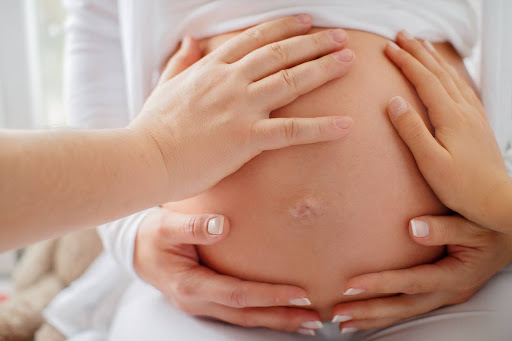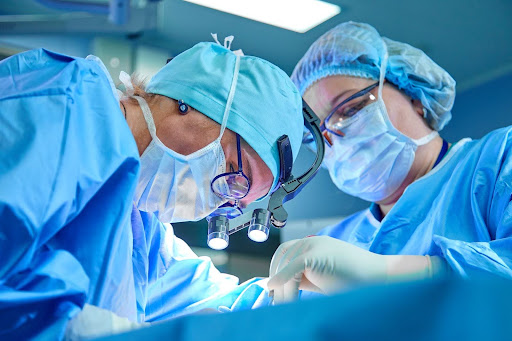December 29, 2023
What Is Third-Party Reproduction?

Third-party reproduction is a reproductive solution that involves the use of eggs, sperm, or embryos that have been donated by a third individual outside of the intended parent(s). This approach offers options for individuals and couples who face challenges in conceiving or carrying a pregnancy to term. With a range of options available, third-party reproduction gives families hope and the option to expand.
Third-Party Reproduction
Whether due to medical conditions, infertility issues, or personal circumstances, third-party reproduction provides a pathway to parenthood for those in need. Island Reproductive Services is here to help turn your parenting dreams into a reality. Continue reading to learn more about third-party production.
Understanding Third-Party Reproduction
Third-party reproduction generally involves three main options— egg or sperm donors, gestational carriers or surrogates, and embryo donors. What a couple or individual decides on is based on their specific needs, conditions, and desires. You may need or want to discuss these options for many different reasons. Here at Island Reproductive Services, we can guide you through this process and make it easier for you.Egg or Sperm Donors
In cases where the intended parent faces infertility or genetic concerns, donor eggs or sperm can be used to achieve conception. Egg donors are typically young, healthy women who willingly provide their eggs to assist others in conceiving. Similarly, sperm donors are men who donate their sperm to help individuals or couples who require it for fertilization.
Gestational Carriers Or Surrogates
Although sometimes used interchangeably, gestational carriers and surrogates are different treatments. A gestational carrier is a woman who carries a pregnancy for an intended parent(s), but who has no genetic relation to the pregnancy. A surrogate is a woman whose eggs are used and who also carries the pregnancy. A gestational carrier is the preferred treatment when possible.
Embryo Donors
Some individuals or couples may use embryos donated by others due to their inability to conceive using their own eggs or sperm. These embryos are often surplus from couples who have undergone IVF and have agreed to donate them to those in need.
Reasons for Third-Party Reproduction
Several reasons may prompt individuals or couples to pursue third-party reproduction, including infertility issues, same-sex couples, medical conditions, and genetic concerns. Fortunately, there are plenty of options to consider to achieve a successful pregnancy. Some of the most common reasons for third-party reproduction include the following. Infertility
Infertility, affecting both men and women, can stem from various factors such as hormonal imbalances, structural issues, or genetic disorders. For those unable to conceive or for couples with recurrent miscarriages or failed fertility treatments, third-party reproduction can offer a path to parenthood.
Same-Sex Couples
Same-sex couples, whether two women or two men, may require assisted reproduction to achieve their desire for biological children. In these cases, one partner may provide the egg or sperm, while the other partner may carry the pregnancy or opt for a gestational carrier.
Medical Conditions
Certain medical conditions or treatments, like cancer treatments that affect fertility, may disable an individual from conception or carrying out a pregnancy. Third-party reproduction provides a viable solution to these challenges.
Genetic Concerns
Individuals with a high risk of passing on genetic conditions may opt for third-party reproduction to ensure a healthier genetic makeup for their child.
Learn More With Island Reproductive Services
At Island Reproductive Services, we have a full range of options through our New Jersey laboratory and office. If you are a current or new patient and would like to learn more about third-party reproduction options, contact us for more information! Check out our website or give us a call at (718) 948-6100 for more information.

